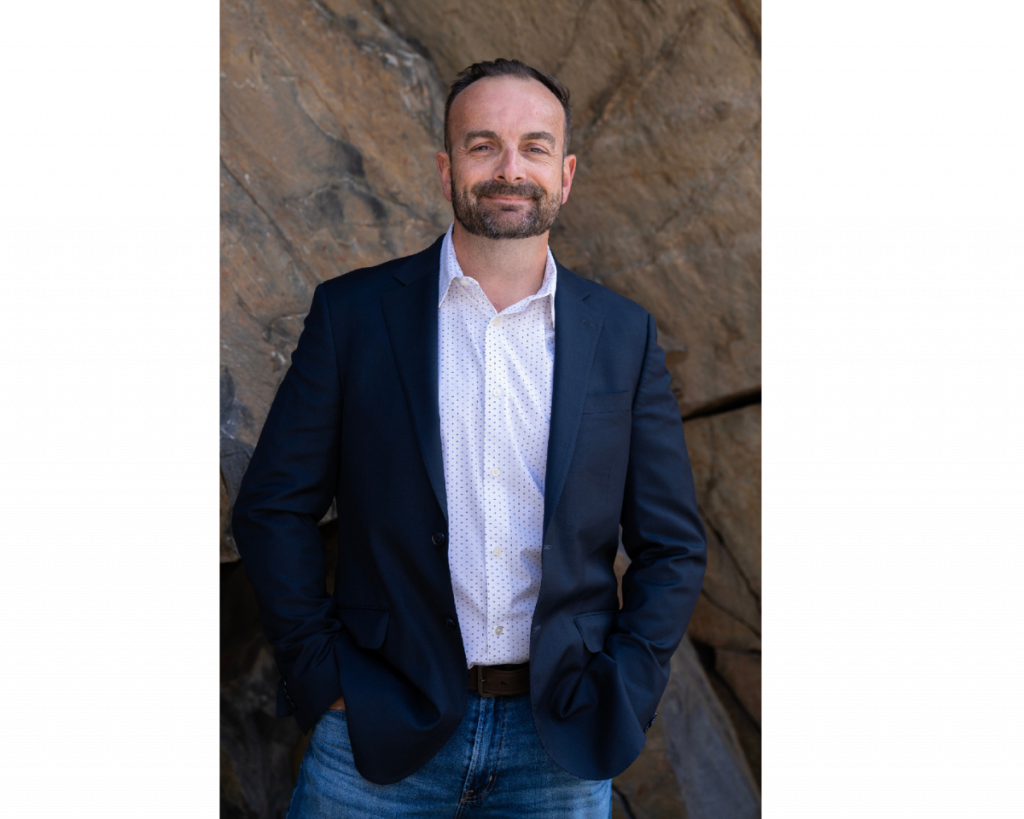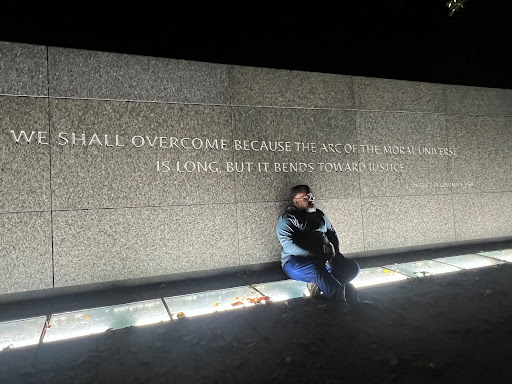Editor’s note: This article was written by Paul Ballenger, a candidate for the at-large Denver school board seat currently head by Auon’Tai Anderson. Ballenger’s background includes military service, emergency response, and business and board leadership.
School safety is a critical task and has been ignored for no less than three years by Denver Public Schools’ leadership – especially the elected Board of Education.
Three shootings on and around East High School this school year prove that the failed policies from the board have drained lives, blood, and resources from children and educators – two of our most important demographics. I can tell you firsthand as a security expert that the current policies protect no one.
As a DPS parent, I can tell you these policies do not create a safe learning environment and have added to declining enrollment, decreased teacher retention, and dismal education metrics.
The shooting at East on March 22 spurred tremendous efforts by parent groups to bring attention to the disastrous policies currently in place. The shooting of two school deans was entirely preventable, and we had finally had enough. Instead of just working our day jobs, side jobs, and raising our kids, many of us decided to get more involved with the board of education and demand accountability from inept leadership.
After several weeks of volunteer work with P-SAG (Parent Safety Advocacy Group), we realized our district and our children’s safety had been pushed to the side. To date, every suggestion we have made has been ignored, pushed aside, or laughed at – including the suggestions made by families directly harmed in these events. Every plea for help made by school leadership has been pushed aside. My board, business, and military leadership experience – coupled with my decades of security and safety knowledge – could add value to a board that is clearly failing in every possible way.
As of today, we have seen two safety drafts from Dr. Alex Marrero (DPS superintendent) and now two executive limitation proposals regarding School Resource Officers: one from board directors Auon’tai Anderson, Michelle Quattlebaum, and Scott Esserman (Plan A), and a second written by director Scott Baldermann (Plan B). I strongly recommend taxpayers and voters read both documents.
Plan A eliminates school resource officers and redesignates them as “Community Resource Officers.” They are to be called upon request, after an event has occurred. Anyone with even a rudimentary understanding of security and safety knows that deterrence is one of the best methods for risk mitigation. Just look at the shooting at Coventry School in Nashville. The shooter left behind a manifesto, explaining that Coventry was chosen over a different target precisely because that school employed SROs and Coventry did not.
Coventry was a soft target, everyone inside a sitting duck. This Plan A document we saw yesterday does nothing to address gun violence, criminal activity in schools, or preventing a mass shooting type event. It would have made no material difference in any of the reported acts of gun violence on school campuses in Denver. Anderson and company want SROs gone without fixing the problem of guns in schools or empowering principals to temporarily remove children in crisis, let alone provide necessary support. I would suggest the board follow standard post-crisis protocol by revisiting the actual problem(s) and working backwards from there.
The proposed Plan B could be a solid starting point for an effective EL (Executive Limitation) in a world where DPS principals aren’t constrained by the current discipline matrix. We do not live in that world, unfortunately. One point of contention is line “G,” which emphasizes that police vehicles should not be in a prominent area where students have to see them. I have a laundry list of reasons why I disagree with this point, but once again, we look to Coventry and realize that armed police can and sometimes do serve as a crime deterrent, or at least make people think twice about bringing a weapon to a school. In fact, a police vehicle posted on the esplanade in front of East could possibly have served as a deterrent in the murder of Luis Garcia.
Conditions created by the current discipline matrix and abject refusals to even temporarily remove elements that are disruptive to learning and dangerous to others necessitate police presence. Meaning: SROs are necessary precisely due to the conditions the board itself has created with the current discipline matrix.
Like it or not, we live in a country where kids have access to guns. Experts claim that the part of the brain that governs emotional responses and impulsivity isn’t fully formed until a person reaches 25 years of age. In a time when the wealth gap is increasing, with cyclical and systemic societal issues like homelessness and poverty on the rise, schools must prepare accordingly for the safety threats posed by an emotional, impulsive child in possession of a gun on school grounds.
None of us are arguing for “throwing children away,” as certain board members have claimed, yet the current discipline matrix treats everyone as expendable.
Austin Lyle, the East student who shot two deans and later took his own life, needed help. He needed intervention, support, and services, many of which are only available to children through the public school system. By forcing the school to keep him in the building no matter what, without providing the interventions he needed, we failed that family. We treated him as expendable. By forcing deans, administrators who are ineligible for union membership and the protections that it provides, to conduct pat-downs, we are treating them as expendable also. It’s past time to protect our most precious resources – our kids and our public school workers – as the assets they are.
Like other parents and taxpayers, I am continually frustrated to see DPS “leadership” skirting around actual problems and legitimate solutions. It’s abundantly clear that they cannot identify and agree on the problems our children face. It is also clear that they cannot work collaboratively, and it is certainly clear that they don’t take safety and school security seriously.
My message to them is simple: Identify the safety gaps, identify end-state goals, bring on board people who know what they are talking about, work collaboratively and fix it, and then let’s start working on the next biggest failure in DPS – education.




